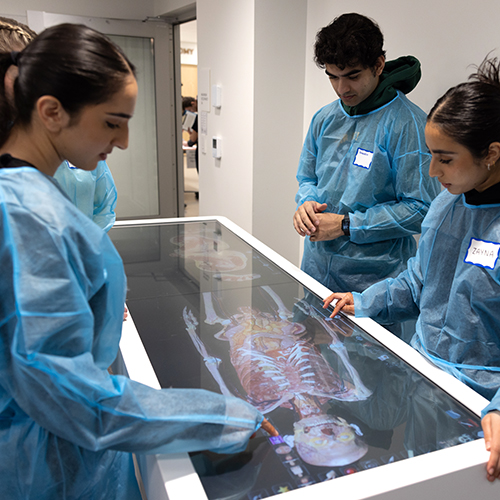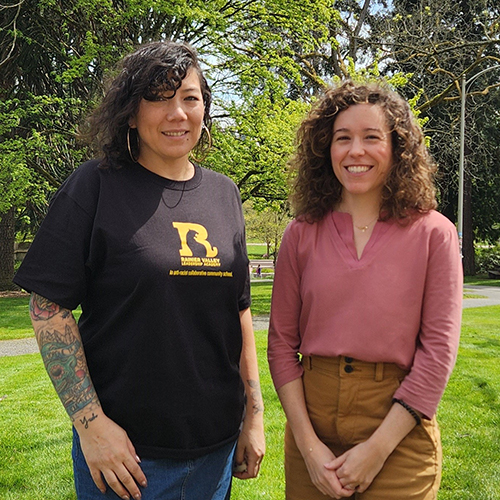Robin Stacey first read J.R.R. Tolkien’s Lord of the Rings as a teenager. Years later, as a professor of history, she created an honors course about Tolkien, using his works to explore the use of myth to understand challenges we face in the modern world. The course earned accolades from students and colleagues and was soon added to the regular curriculum. It remains a consistently popular offering.

Now the public will have an opportunity to hear Stacey discuss Tolkien as she presents “J.R.R. Tolkien: The Storyteller’s Story,” a five-part lecture series offered by the College of Arts and Sciences and the UW Alumni Association. The series begins January 15, 2008.
“The lectures will represent subjects covered in the class,” says Stacey. “We’ll be looking at Tolkien in an historical context, including how his own life influenced his work.”
In addition to being a novelist, Tolkien was an Oxford University professor who taught medieval languages and literature. His fascination with language and all things medieval figured prominently in his writing.
“It was Tolkien’s love of language that got him started as a writer,” says Stacey. “What became Middle Earth, the setting of Lord of the Rings, had its origins in his habit of inventing complex language systems for which he then felt compelled to construct entire new worlds and populations.”
As a medievalist, Tolkien was also inspired by the northern mythologies of early England, Scandinavia, and the Celtic lands—stories inhabited by heroes and monsters. But in his own work, those classic tales of heroism are tempered by his experience as a soldier in World War I, which included the loss of two of his best friends.
Tolkien was also a devout Catholic. Although religion is not addressed directly in his novels, says Stacey, his works are “influenced deeply by his faith and questions of good and evil. One of the great things about Tolkien’s work is that nothing is simple. That is part of what people are moved by in his stories.”
Undergraduates enrolled in Stacey’s Tolkien course must read many of his books before the course even begins. There is no such requirement for the lecture series, but Stacey does recommend some familiarity with Tolkien’s work.
“I hope those attending will have at least seen the Lord of the Rings movies,” she says. “If they have read the books, the lectures will mean more to them.”
More Stories

The Impact of Anatomy Lessons
Anatomy for Change, a program for students underrepresented in healthcare careers, provides opportunities to spend time in an anatomy lab.

Learning Through Storytelling
Through a UW-led storytelling workshop and course, English language learners in the Seattle area strengthened their language skills and built community.

All the World's a Stage — and a Game
Students in DRAMA 480 learn how techniques used in game design can be adapted for interactive theater productions.